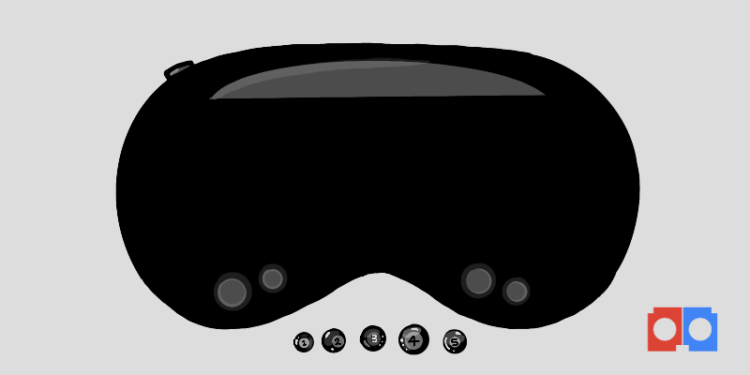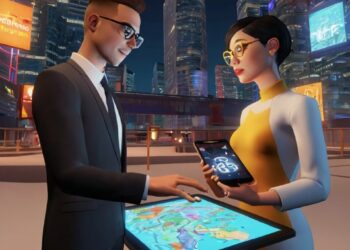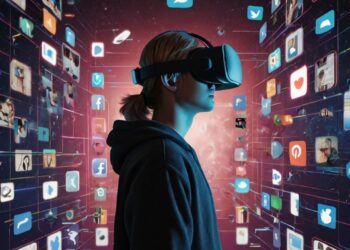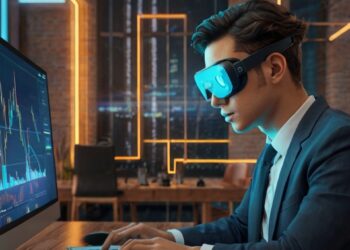What Is Apple Vision Pro?
The Apple Vision Pro is a remarkable piece of technology with an eye and hand tracking interface. It stands out as the most innovative product Apple has created in over a decade, offering a fascinating glimpse into the future of computing and entertainment packaged in a sleek design.
The Vision Pro represents Apple’s initial foray into building a computer that operates in the space around you. The goal is for the Vision Pro to be a comprehensive device seamlessly integrated into Apple’s ecosystem alongside the Mac and iPad, facilitating real work. Apple aims to make augmented reality an everyday technology.
“Vision Pro is a new kind of computer that augments reality; it will change the way we collaborate, work, and enjoy entertainment,” says Tim Cook, Apple’s CEO. “I’ve known for years we would get here. I didn’t know when, but I knew that we would arrive here.”
Pros and Cons of Vision Pro
Pros
- Ease of use
- Connectivity with people around you
- Impressive 3D movies and Apple Immersive Video
- Spatially impressive video and photos
- Compatibility with MacBooks
- Excellent AR apps and experiences with memory recording
Cons:
- High price
- Absence of Netflix and YouTube apps
- Limited performance in personas
- Short battery life
- Not ideal for taking pictures
Notable Features of Apple Vision Pro
Hardware: The Vision Pro is constructed with magnesium and carbon fiber, enclosed in aluminum—a natural extension of Apple’s familiar design language. It incorporates high-res front cameras, side-facing cameras for hand tracking, a lidar scanner, and TrueDepth cameras for spatial tracking. Infrared floodlights enable operation in low-light conditions. The front display features EyeSight, preventing isolation by allowing eye contact with others.
EyeSight: EyeSight is a low-res OLED with a lenticular panel for a mild 3D effect. Though challenging to see in bright lighting, it facilitates real eye contact without controls or indicators in visionOS for external display.
“I think AR is something that doesn’t isolate people. We can use it to enhance our discussion, not substitute for human communication,” says Apple CEO Tim Cook (2022).
The Display: The product boasts two tinyMicroOLED displays with 23 million pixels, each 7.5 micrometers in size. The S-stripe pattern of RGB subpixels ensures sharpness, brightness, and color accuracy, making these displays the heart of the Vision Pro experience.
Eye and Hand Tracking Control System: This system allows users to control the device by looking at and tapping on desired elements. It simulates the eye as a mouse and fingers as buttons, aided by the Vision Pro external camera that tracks hand movements within a large zone around the body.
VisionOS: Running on VisionOS, based on iPadOS with customizations for spatial computing, Vision Pro offers a free-floating window system. While users can open numerous apps and position them in their space, the inability to share these windows or experiences with others limits collaborative use.
Conclusion:
As Apple’s first-generation device, the Vision Pro impresses with its incredible display, passthrough engineering, and integration into the ecosystem. It stands among the best video passthrough headsets, with its hand and eye-tracking systems offering a unique experience reminiscent of a mouse, keyboard, and touchscreen working seamlessly together. The Vision Pro is poised to remain a leader for years to come.
















